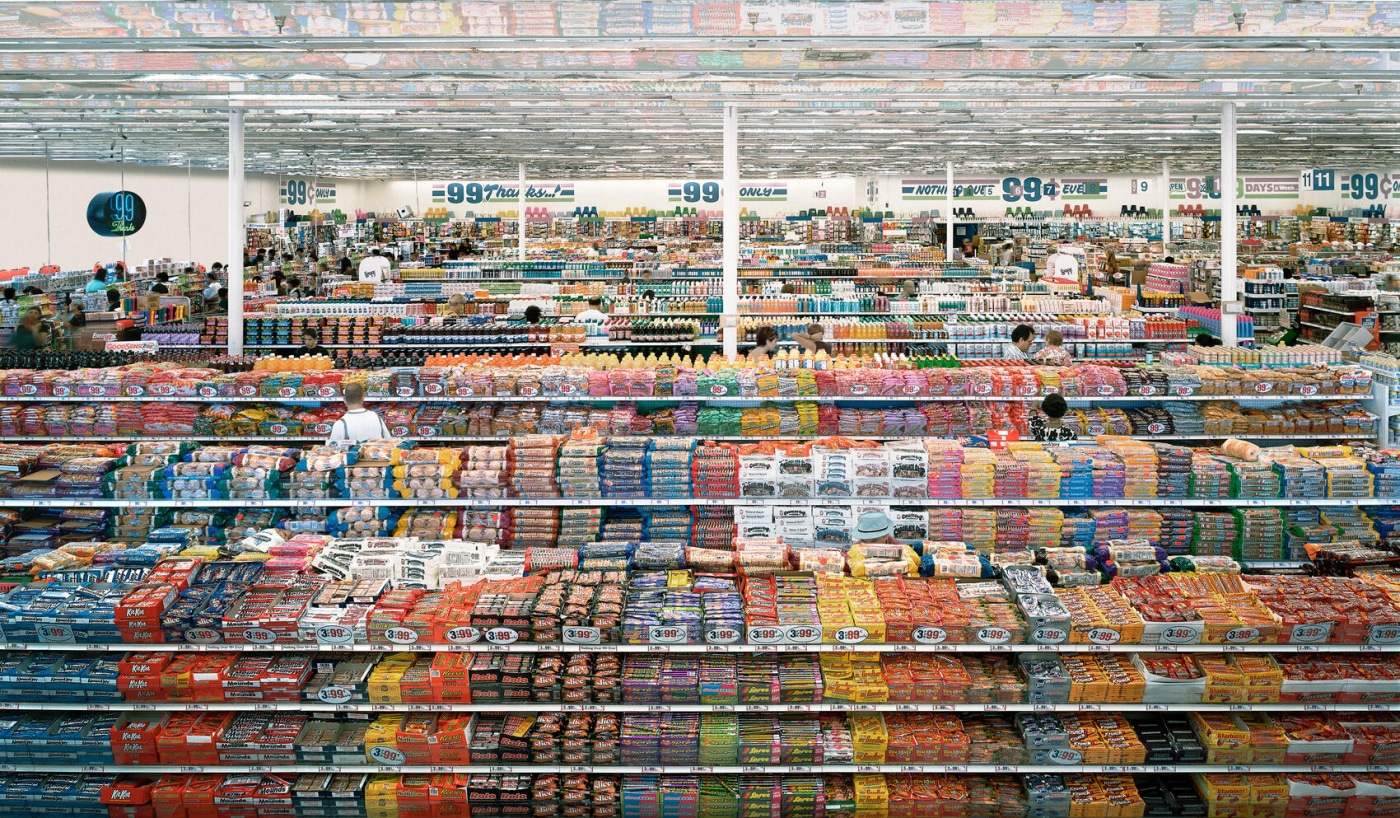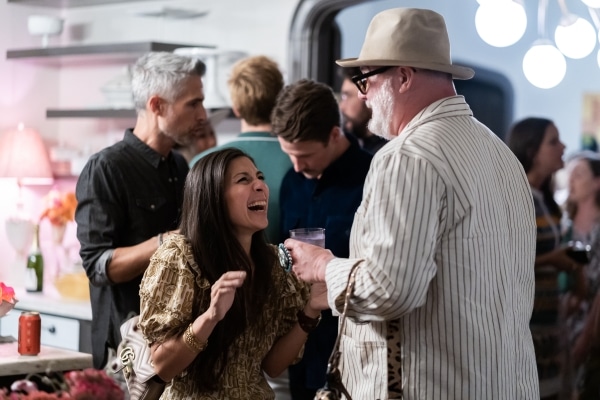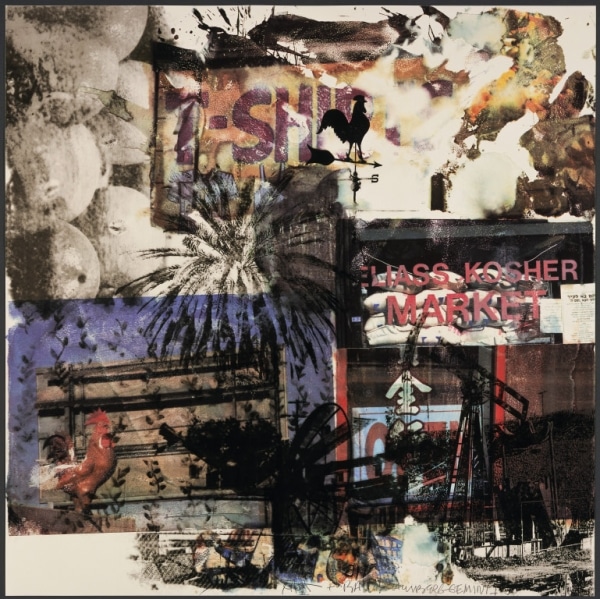The environmental impact of artistic innovation.
In art, the relationship between creativity and sustainability has become increasingly prominent. Artists worldwide are innovating by utilizing recycled materials, promoting environmental awareness, and advocating for sustainability through their works. At CoCollect, we are fascinated by the artists who bring these concepts into their work.
Margo Wolowiec: Weaving Ecology into Art
Margo Wolowiec’s artistic process starts digitally. She begins by collecting images from various online sources, reflecting a specific theme often related to sustainability. Blending traditional weaving techniques with digital transfer processes, Wolowiec transforms these images into intricate tapestries. Her recent exhibition, “Whole Earth,” centered around the interconnectedness of our ecosystems. By using sustainable materials, like an emergency blanket from a preparedness kit, Wolowiec deepens the narratives and understandings of her work.

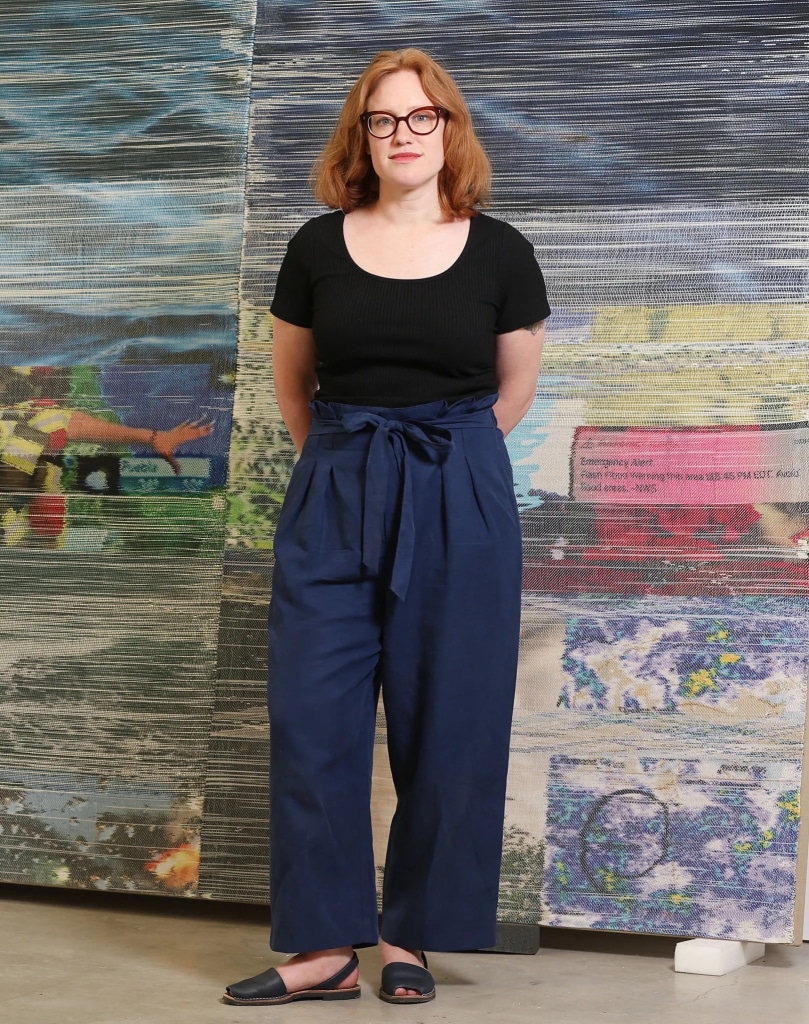
El Anatsui: Redefining Beauty from Recycled Materials
El Anatsui’s sculptures demonstrate the power of upcycling. Utilizing thousands of recycled bottle tops joined together with copper wire, his artworks are more than just their aesthetic appeal. As his materials are sourced from local recycling stations, Anatsui’s work touches on consumption, identity, and environmental consciousness. His sculptures, with their shimmering metallic surfaces, serve as reminders of the beauty that can emerge from discarded objects. By giving these materials new purpose and significance, Anatsui sparks conversations about sustainability and cultural heritage on a global scale.
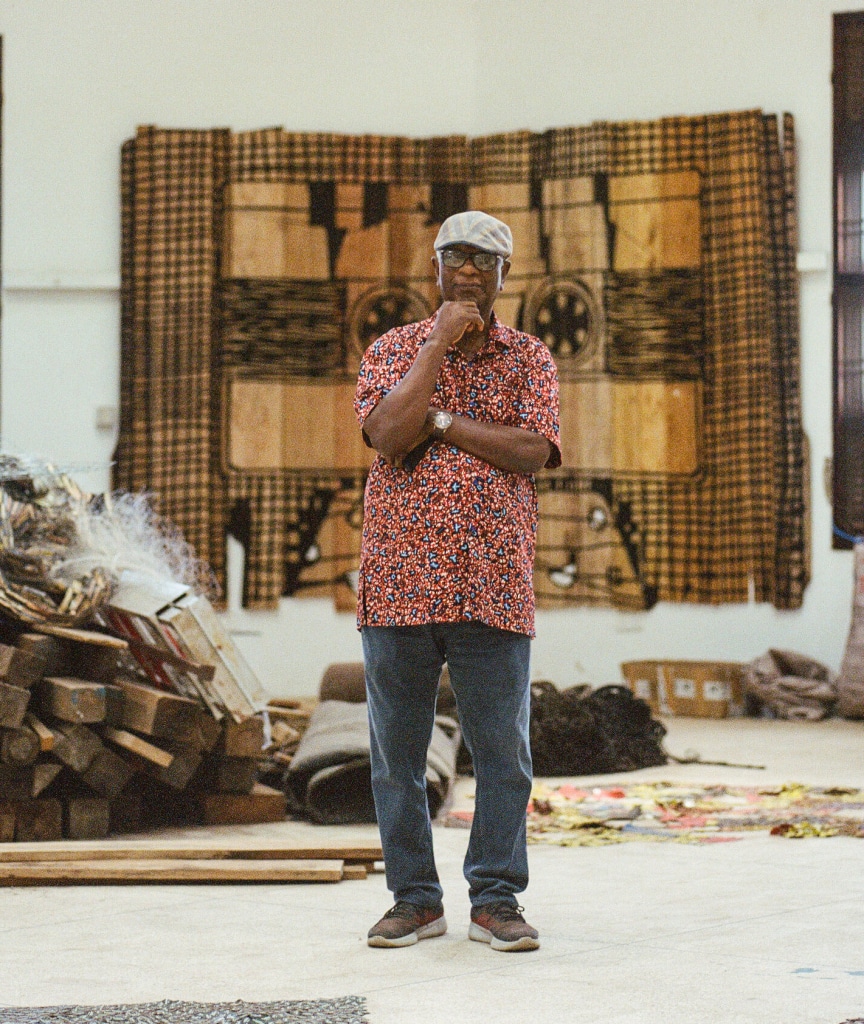

Andreas Gursky: Capturing Environmental Realities
Andreas Gursky’s photographs offer a contemporary perspective on landscape art. Instead of capturing mountain ranges or open plains, Gursky captures scenes of a supermarket or a field of solar panels. In his “Oceans” series, Gursky explores the impact of rising sea levels on coastal areas, using satellite imagery to document environmental changes. While the scale and composition of his images are impressive, his work serves as a commentary on the ecological challenges facing our planet. Through his lens, we confront the realities of globalized consumption and its environmental consequences.
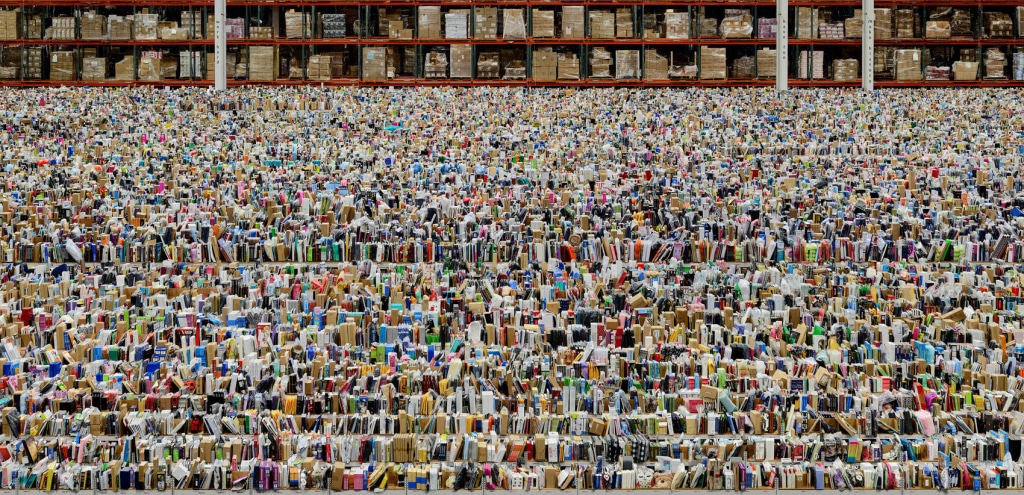

Antonio Tarsis: Finding Value in the Mundane
Antonio Tarsis transforms daily objects into art. He started by picking up materials he found on the streets of Favela, Brazil, along with what he recovered from the trash, and began combining them with painting. Matchboxes became a prevalent feature in his artwork due to the neighborhood’s population primarily consisting of drug users. Through salvaging materials from the streets of Favela and recontextualizing them in his compositions, Tarsis sees the beauty in the everyday. Through his art, he challenges the conventional notions of value and aesthetics, inviting us to reconsider the significance of discarded objects, consumerism, and globalization.
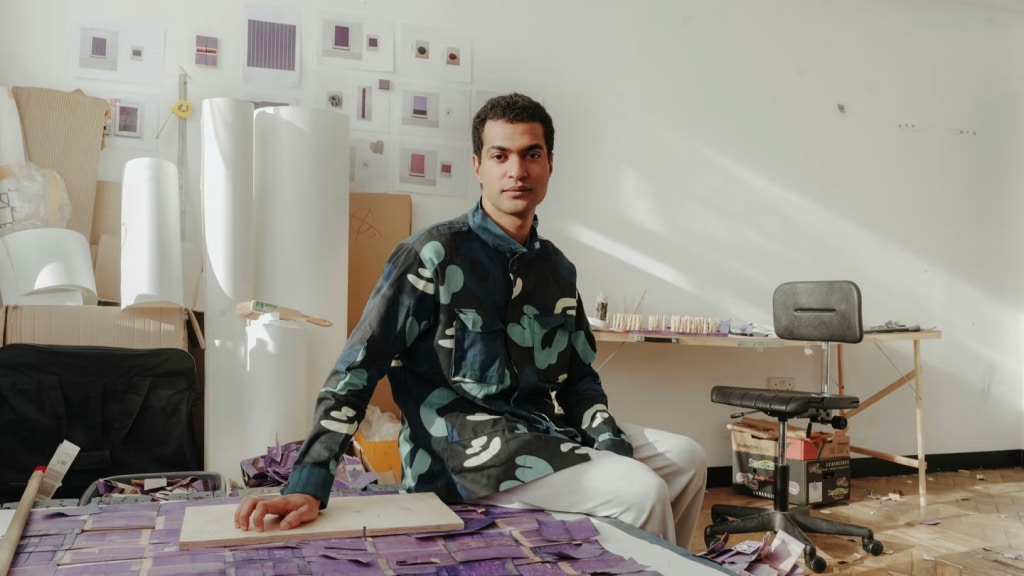
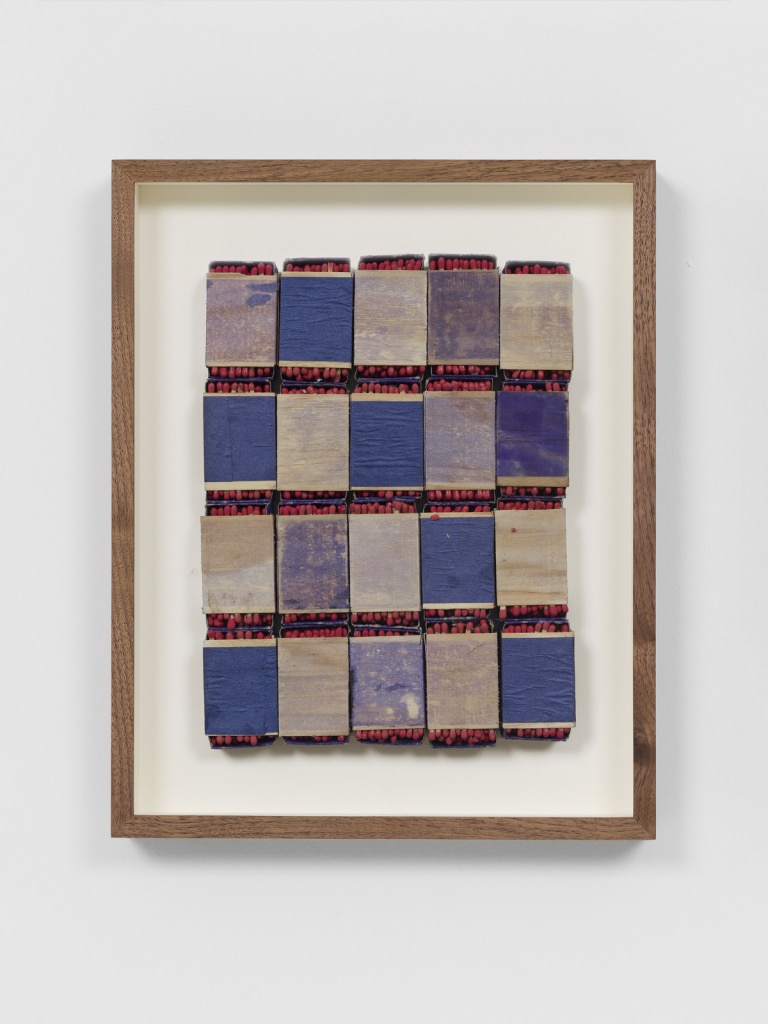
Jenn Hassin: Fostering Dialogue through Sustainable Art
Jenn Hassin takes used clothing and transforms it into art pieces. She intricately layers fabric and other items to sustain or reinvent a memory. Her works are often tributes or memorials to specific people or topics that spark conversation and introspection. She explains that she is an alchemist with her work, turning materials into something other than what they originally were. Being a veteran, she has frequently worked with military uniforms to make her pieces. Embracing sustainability in concept and execution, Hassin employs a more mindful approach to art and consumption. Her work encourages viewers to interact with the materials and ideas, motivating us to adopt sustainability as a fundamental value in art and everyday life.
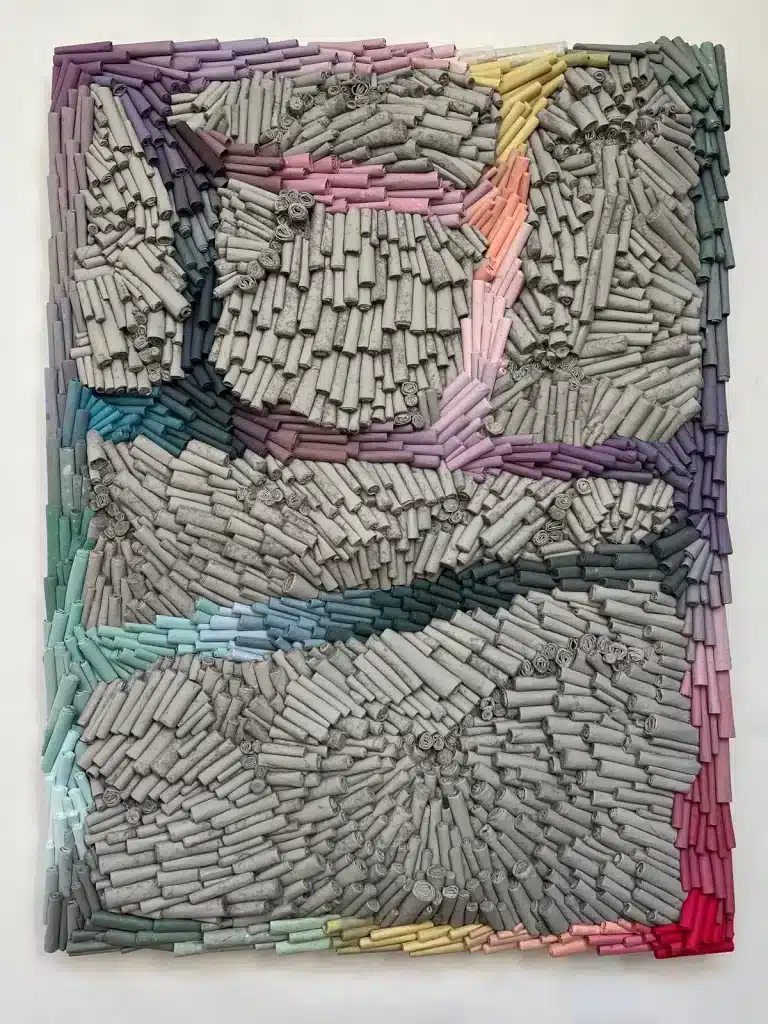
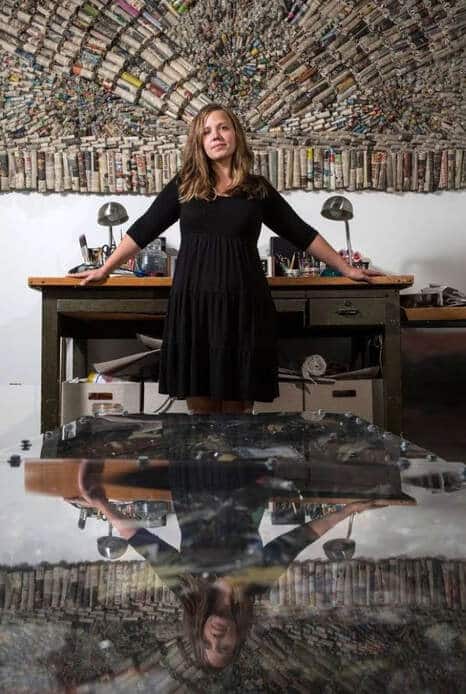
These artists exemplify how the power of art can promote both sustainability and environmental awareness, challenging us to rethink our relationship with the planet and each other.
At CoCollect, sustainability is at the core of our values. We believe that our unique lending approach contributes significantly to a sustainable art ecosystem.
Artwork featured at top of post: Andreas Gursky, 99 Cent, 1999.



